Today in Around the World in 50 Experiments, we're heading to Norway! Learn about Vikings, Fjords, Northern Lights and navigating with the stars as we travel to Scandinavia for an adventure.
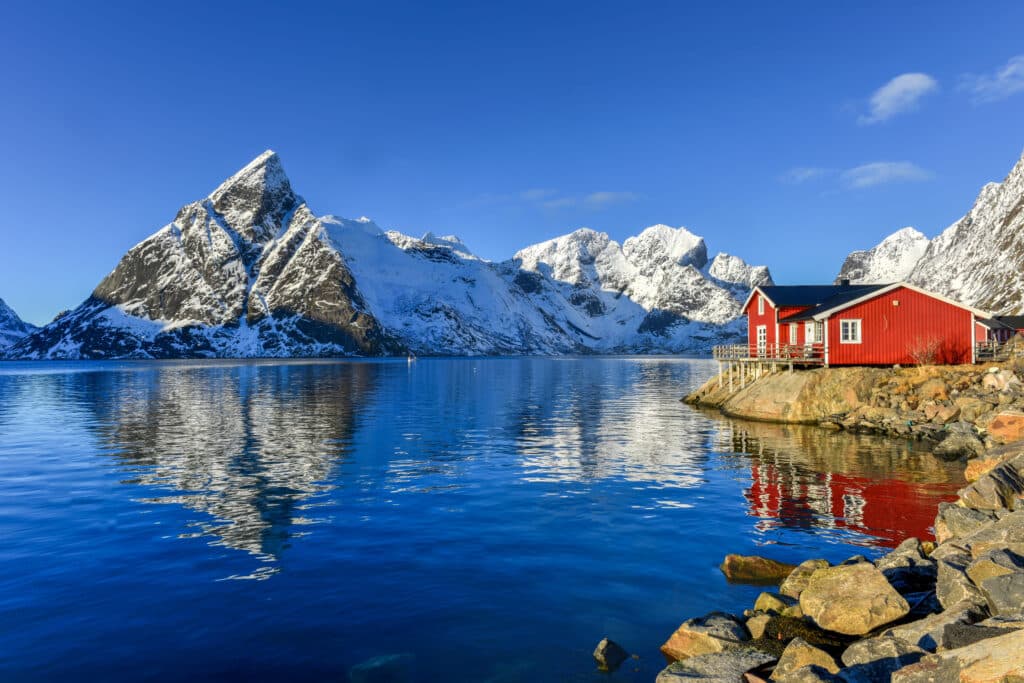
Around the World in 50 Experiments - Norway
Norway is a Scandinavian country in Northern Europe, with one-third above the Arctic Circle. It shares a border with Sweden to the east and Finland and Russia to the northeast.
Norway is known for its spectacular natural beauty, mountains, glaciers, fjords and northern lights.
Facts about Norway
Capital City - Oslo
Official language - Norwegian
Currency - Norwegian Krone - NOK
Population - Approx 5.5 million
The Christmas tree in London's Trafalgar Square is a gift from the people of Oslo every year.
Norwegian Roald Amundson was the first person to reach the South Pole in 1911.
Trolls are mythical creatures from Norwegian folklore. Troll stories are passed down through generations, and many natural rock formations are associated with trolls.
Wildlife in Norway
Thanks to its varied landscapes and large coastline, Norway has a diverse range of wildlife.
Polar bears, reindeer, arctic foxes and musk oxes are found in the Arctic regions, while wolves, brown bears and elks are common in mountainous and forest regions.
Marine life off the coast of Norway includes:
Humpback whales
Minke whales
Orcas
Seals
Puffins
History of Norway
Norway has a rich history dating back to the Stone Age, but it is perhaps most famous for the Vikings, seafaring people from Scandinavia who dominated from the late 8th to late 11th centuries. The Vikings were skilled explorers and traders who connected Norway with other parts of Europe and further afield. Viking mythology, traditions and language continue to influence the Norwegian culture.
Learn about Norway with a science activity
The Northern Lights
Chalk Art
Learn about the aurora borealis with a piece of chalk art to show the colours and patterns. Taming Little Monsters has a great example of this beautiful art and science activity.
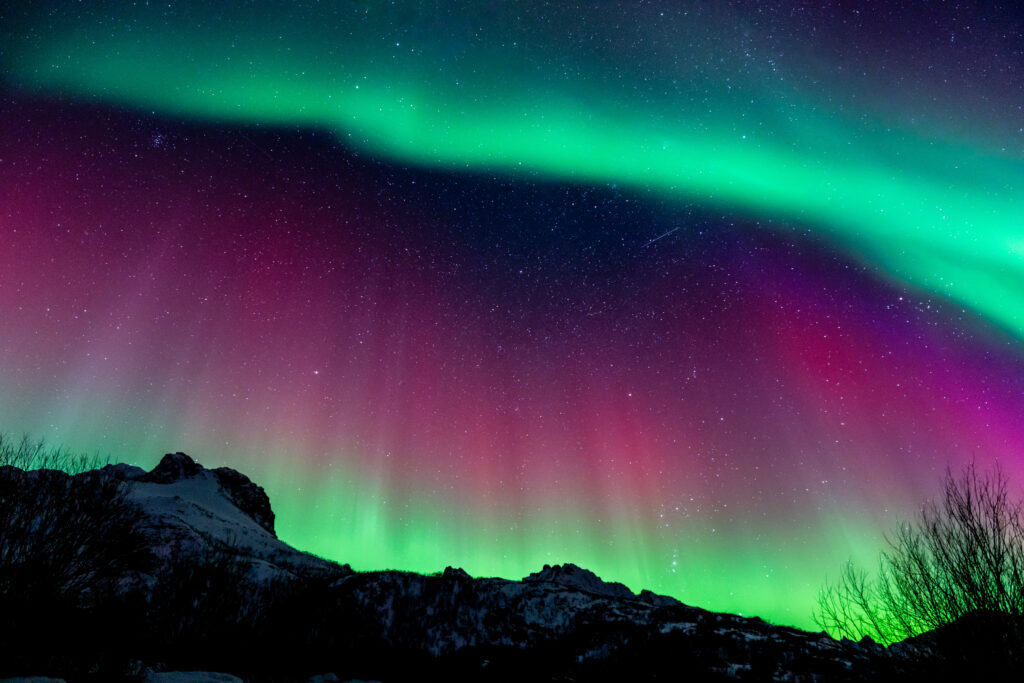
Norway's Fjords
Norway is famous for its breathtakingly beautiful fjords. A fjord is a deep, narrow valley surrounded by cliffs on each side.
When glaciers form, they sometimes cut long U-shaped valleys out of the bedrock ( glacial erosion ). When the glaciers melt, sea levels rise, flooding the valley to form fjords.
Fjords are usually located in mountainous areas close to the sea. Two of Norway's most famous fjords are Geirangerfjord and Nærøyfjord.
Scientists have recently found coral reefs at the bottom of fjords in Norway.
Find out how glaciers form with a video from National Geographic.
Viking Longboats
The Vikings were seafarers from Scandinavia. Vikings are famous for their longships, which were made from planks of timber overlapped and nailed together. Spaces between the planks were filled with wool, moss or animal hair mixed with tar to make the ships watertight.
The front of the ship was usually decorated with a carving of an animal head. The ships were built to be long, easy to manoeuvre, and fast. The narrow width reduced drag, making the ships faster and the low depth allowed the ships to travel up rivers as well as on the sea. The downside of the low depth in the water was that the ships were more likely to capsize than ships that sat deeper in the water. The flat bottom made them very buoyant as they had a large surface area for the sea to push against.
Viking longboats had oars, one large sail and a steering oar to steer the ship. Vikings would pull ships up on land at night and use the sail to make a tent to sleep under.
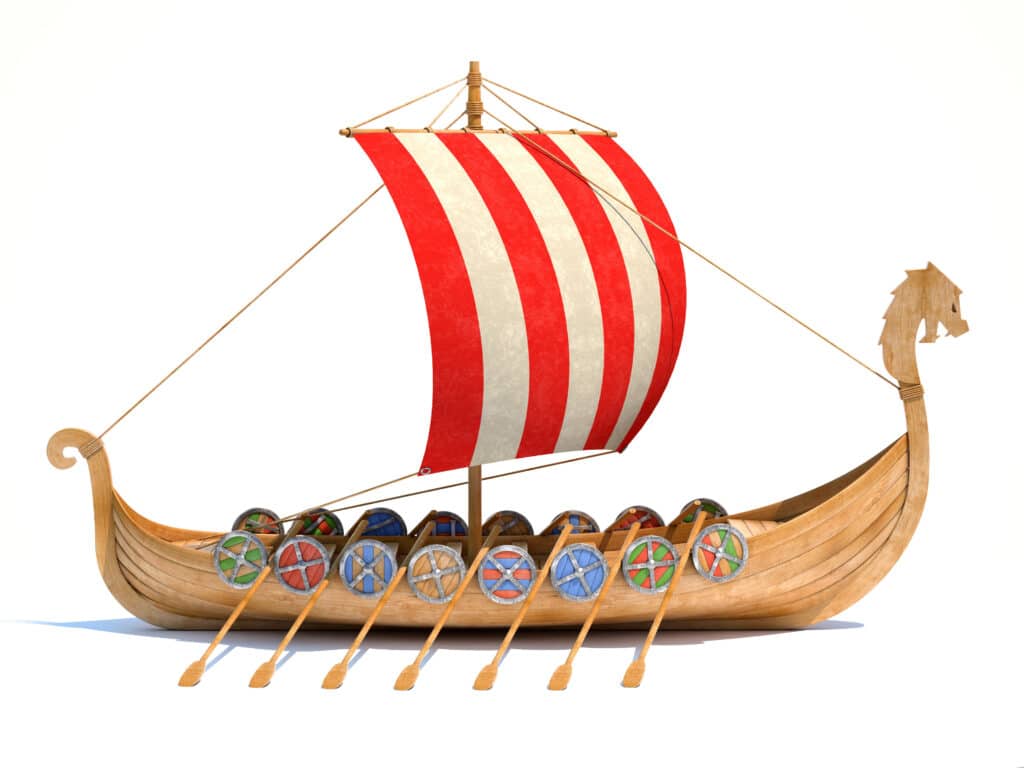
Viking Longboat STEM Challenge
Vikings made their ships watertight by filling the spaces between planks of timber with wool, moss or animal hair mixed with tar or tallow ( rendered beef fat ).
In this activity, you can waterproof your own Viking ship! Either make several mini models from cardboard, cover the bottom of each with a different material, and test them in water or use my paper version where materials are stuck over the longboat images and water sprinkled over the top.
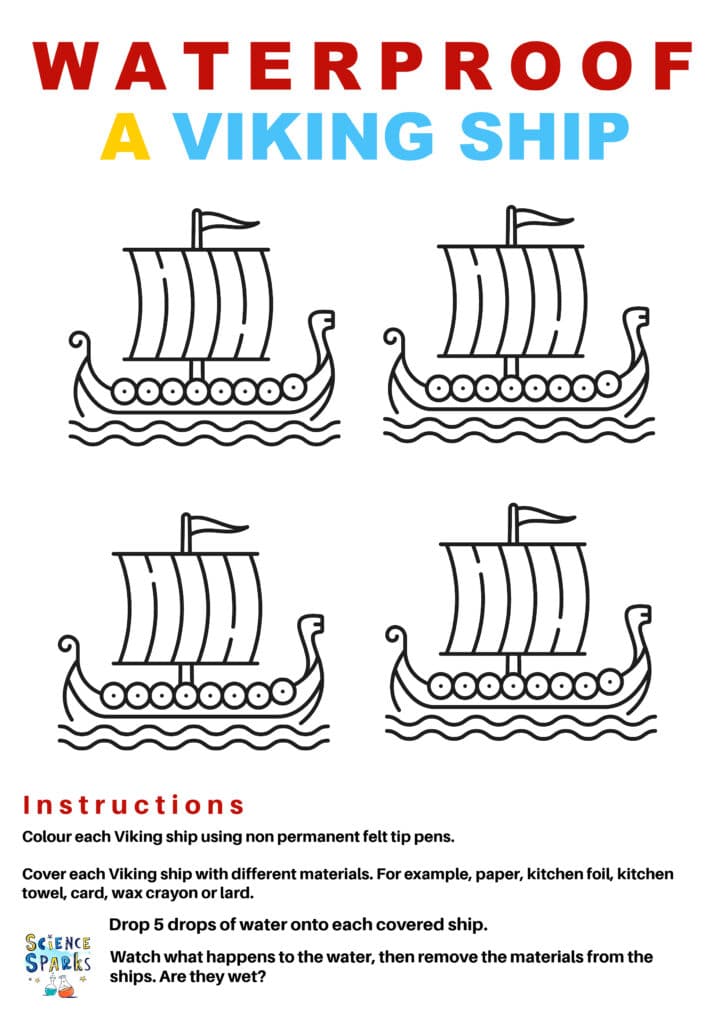
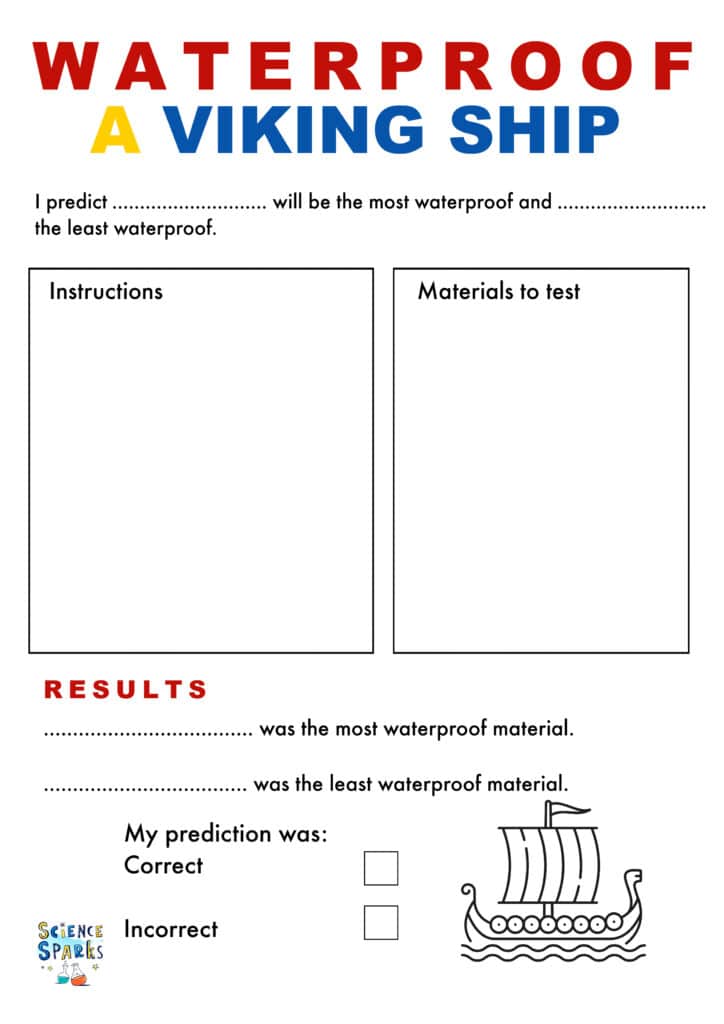
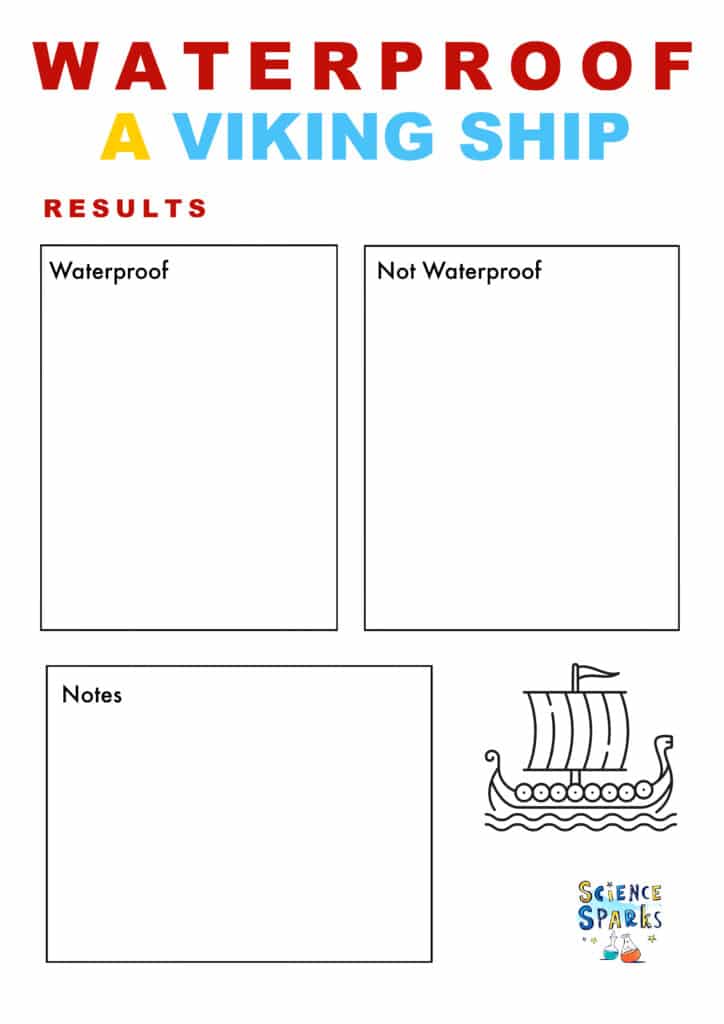
We used kitchen foil, fabric and wax crayon to waterproof our ships. You can see that the foil and crayon are waterproof as the water sits in beads on the top.
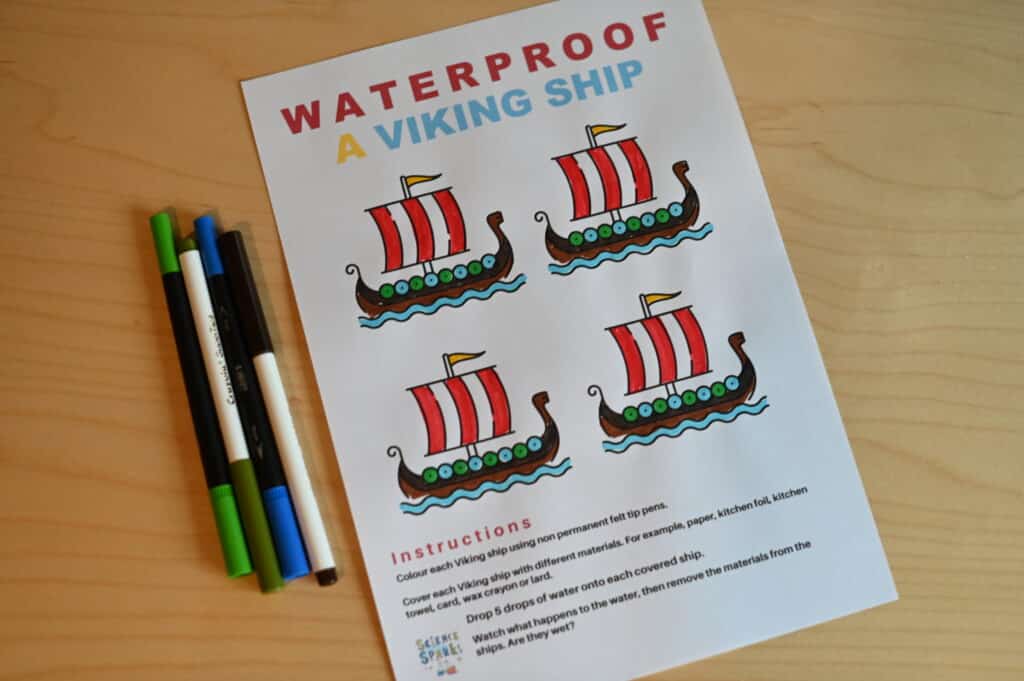
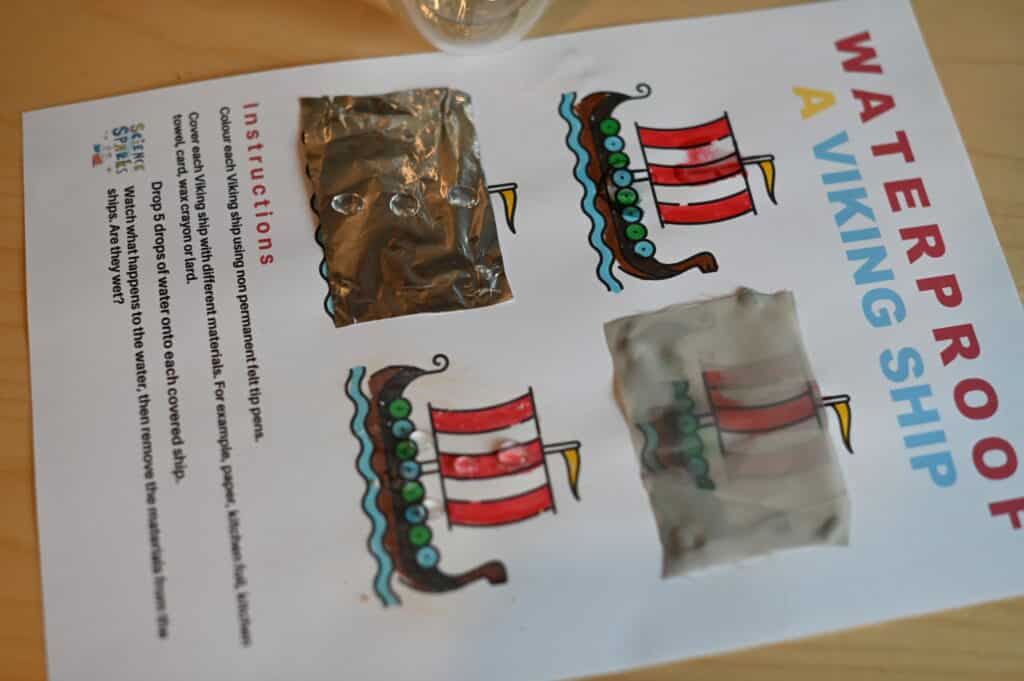
Viking Navigation
Vikings didn't have modern day GPS systems or even a compass, so they navigated using the stars and sun. The North Star ( Polaris ) sits at the north celestial pole. As the Earth rotates, other stars seem to rotate around the North Star, which is why it was important for navigation in Viking times. Imagine drawing a line through the earth from the South Pole to the North Pole. If you then kept going up, you'd hit Polaris!
How to find the North Star
Polaris is part of the constellation of Ursa Minor, also known as Little Bear or Little Dipper. Polaris lies at the end of the handle of the Little Dipper and is by far the brightest of the seven stars but not the brightest star in the sky, as people often think.
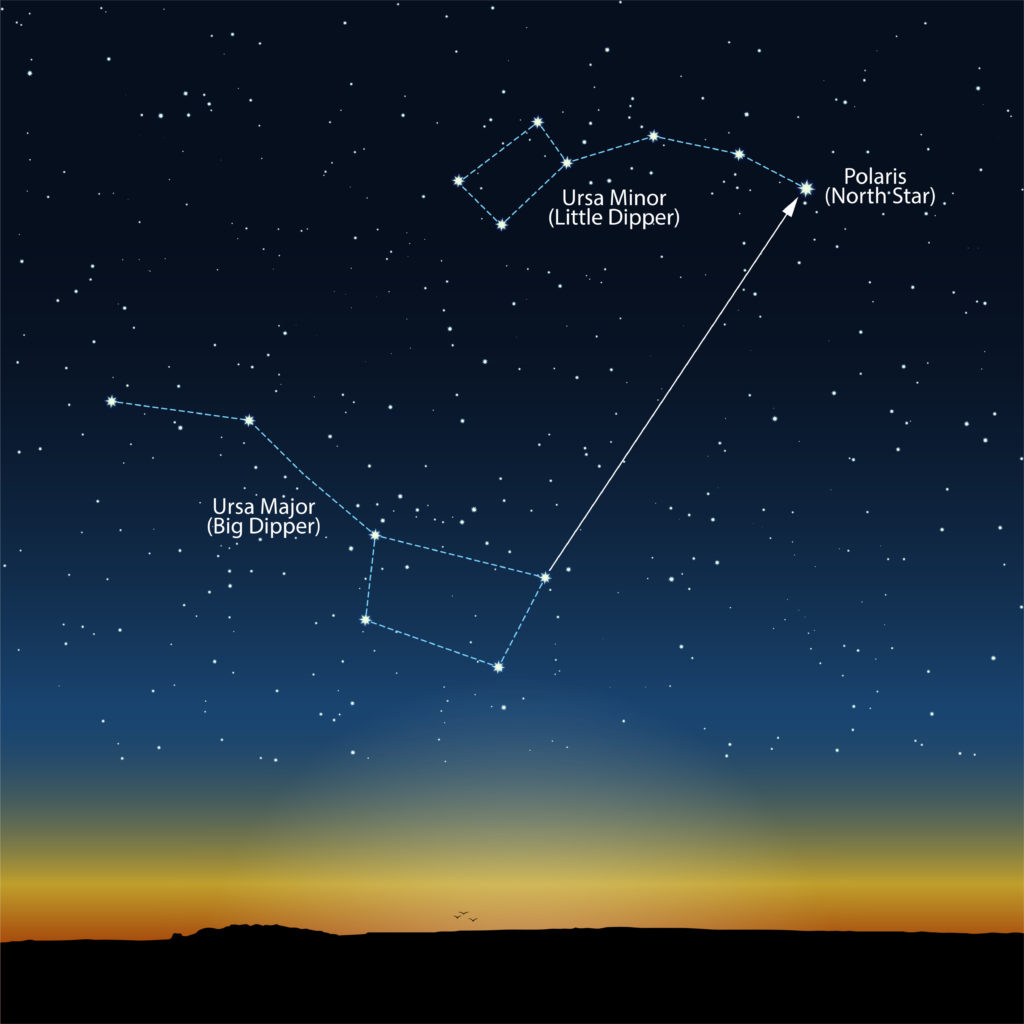
Stargazing Activity
On a clear night, go outside and see if you can spot the North Star. If you want to track the stars over a period of time, record your daily findings with my stargazing logbook.
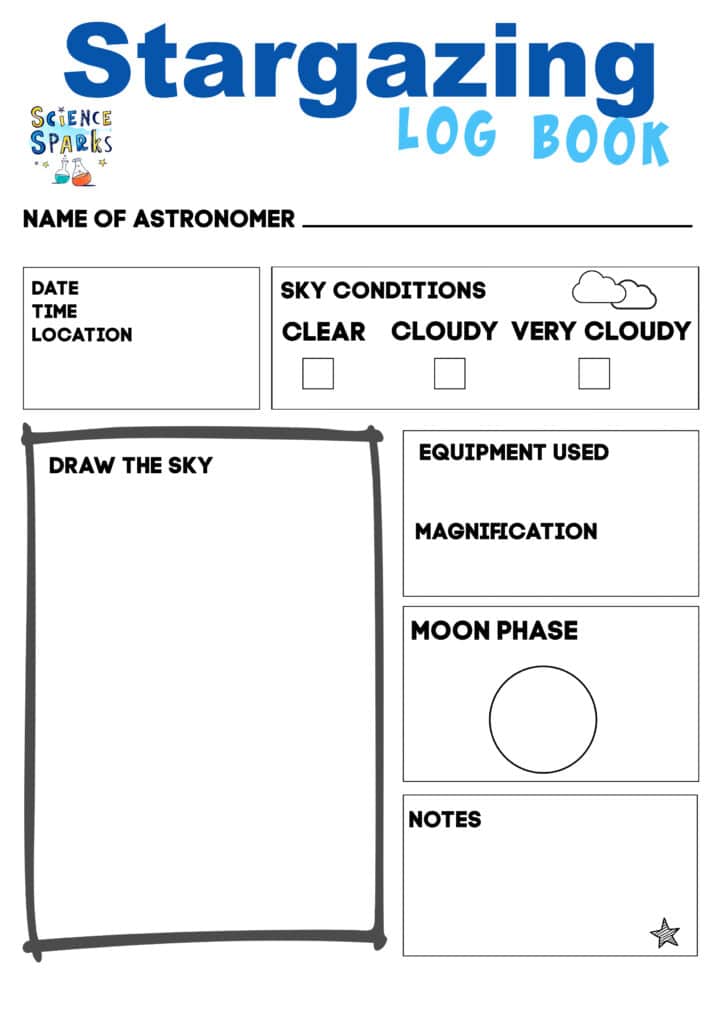
How did Vikings navigate during the day
In the daytime, Vikings used the sun to navigate using a shadow board ( or sun compass ), which was like a sundial. This way of navigating was useful but limiting as it only worked on a clear day.
Vikings measured the length of the shadow on the sun shadow board at noon when the sun was highest in the sky. A circle was drawn to mark the tip of the shadow at the starting location. Sailors would take a new reading each day at noon. If the shadow was longer than the circle, they knew they had travelled north of the starting position, and if it was shorter, they had travelled south. These crude measurements allowed Vikings to travel in whichever direction they wanted.
Viking sailors also used the behaviour of birds to navigate. Birds carrying food were heading to land, and those with empty beaks would be heading to sea.
Make a Sun Shadow Board
This activity uses a torch to represent the sun.
You'll need
cardboard
Short segment of dowel
Torch
Instructions
Cut a circle with an approximate diameter of 20cm out of the cardboard. The size isn't too important.
Place the piece of dowel in the centre and fix it in place.
Use a torch to show the shadow of the dowel and draw a circle on the sun board.
I covered the bottom of our sun shadow board with foil to keep the cardboard dry in the water.
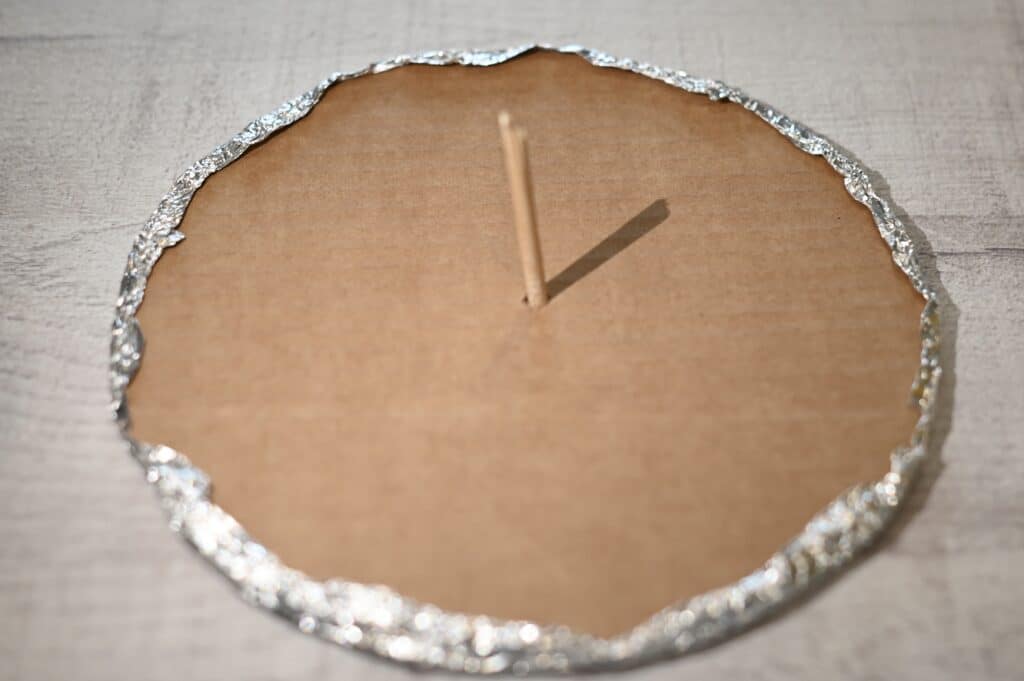
Move the torch up and down to show how the length of the shadow changes.
Vikings placed their sun shadow board in a bowl of water so it stayed level at sea. You can test this by placing your board on water and creating waves. The board should stay almost flat on the surface.
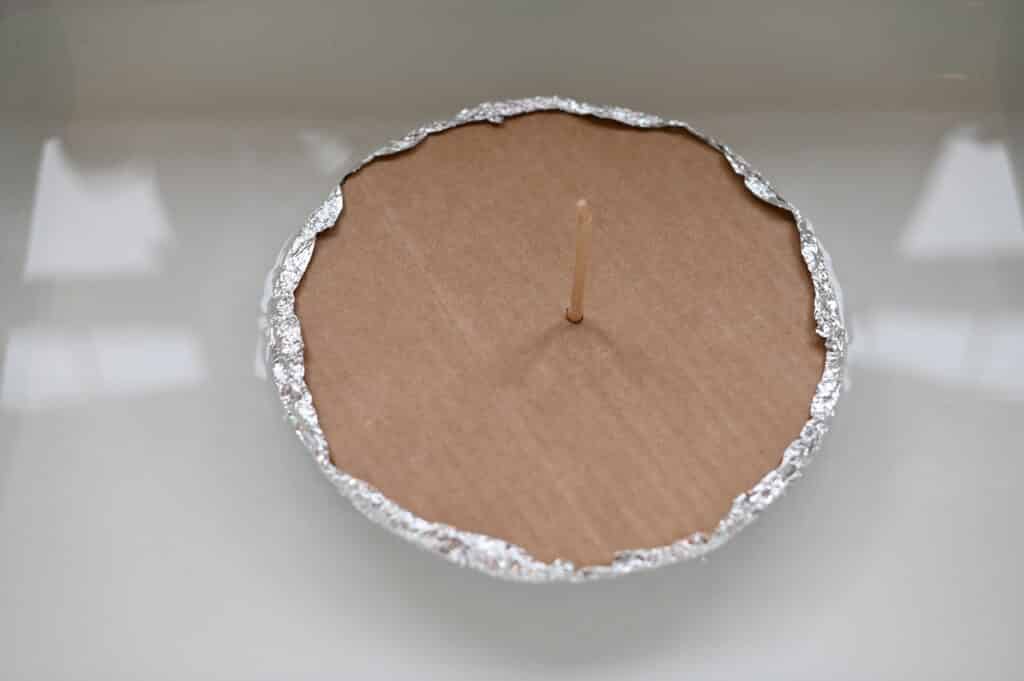
We've had lots of fun learning about navigation, fjords and Vikings! Where will you head next on your journey around the world in 50 experiments?
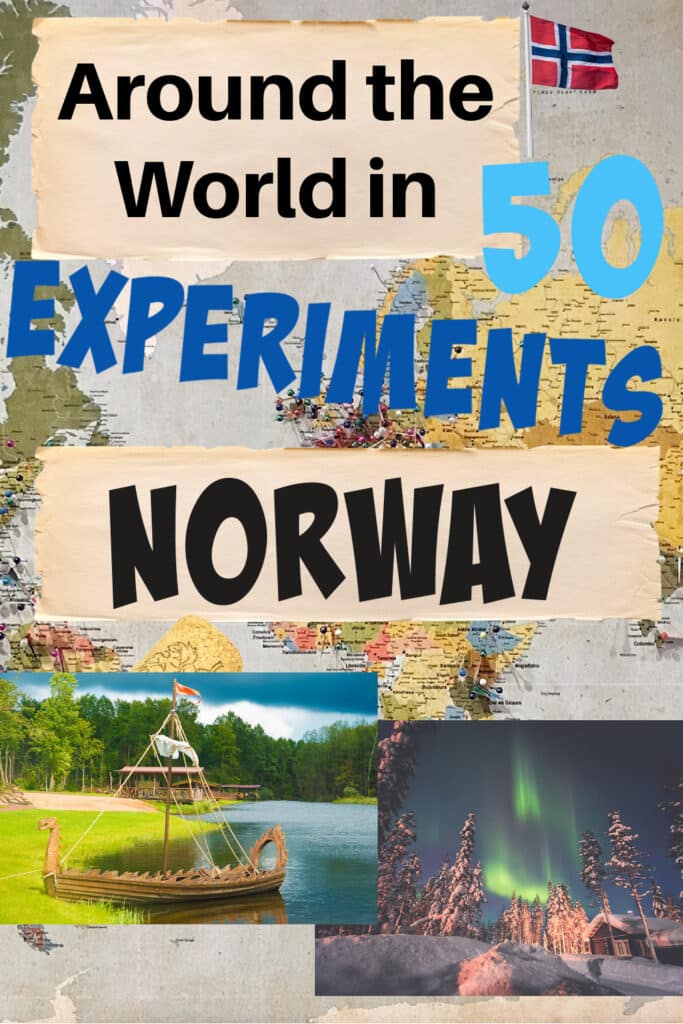
Last Updated on January 16, 2025 by Emma Vanstone
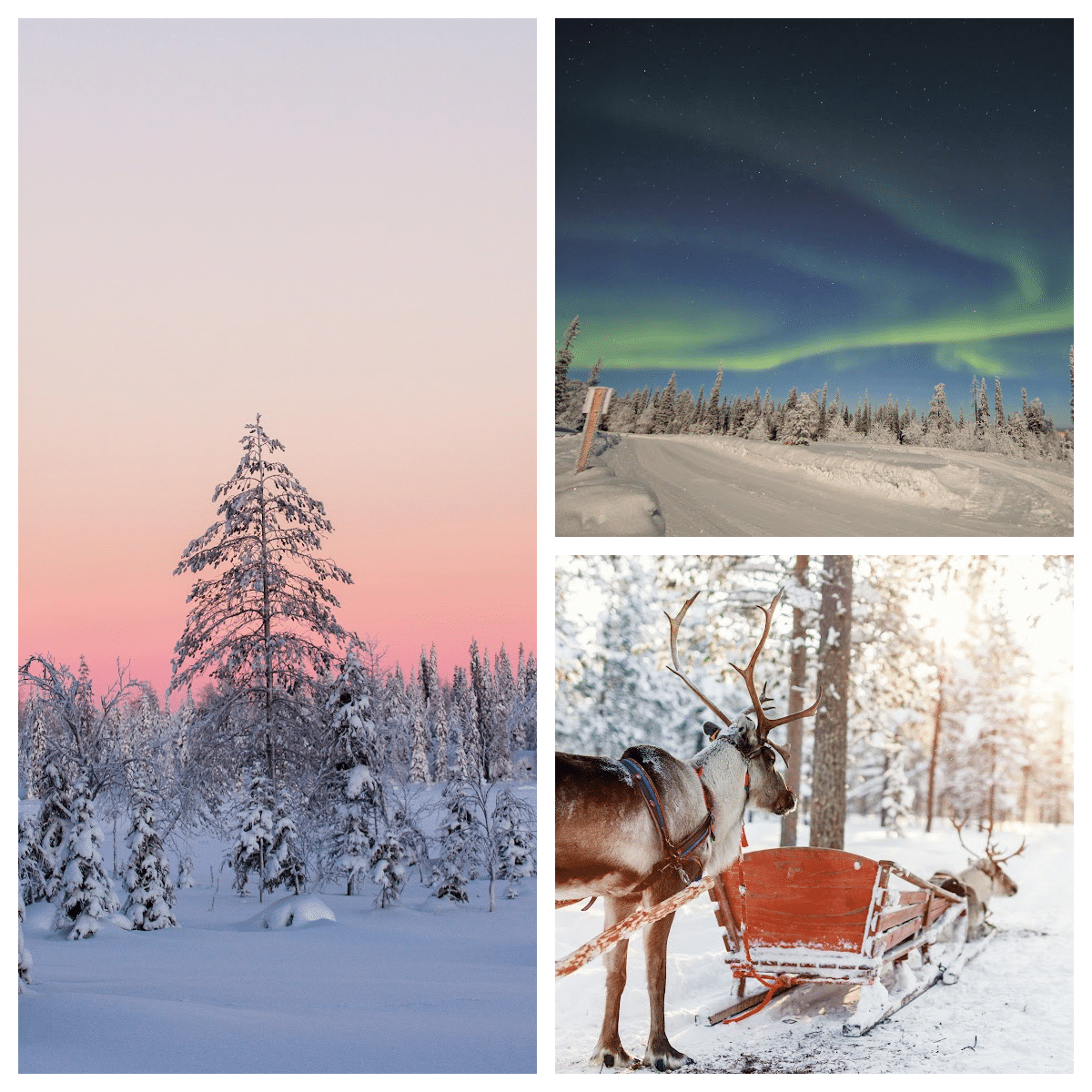
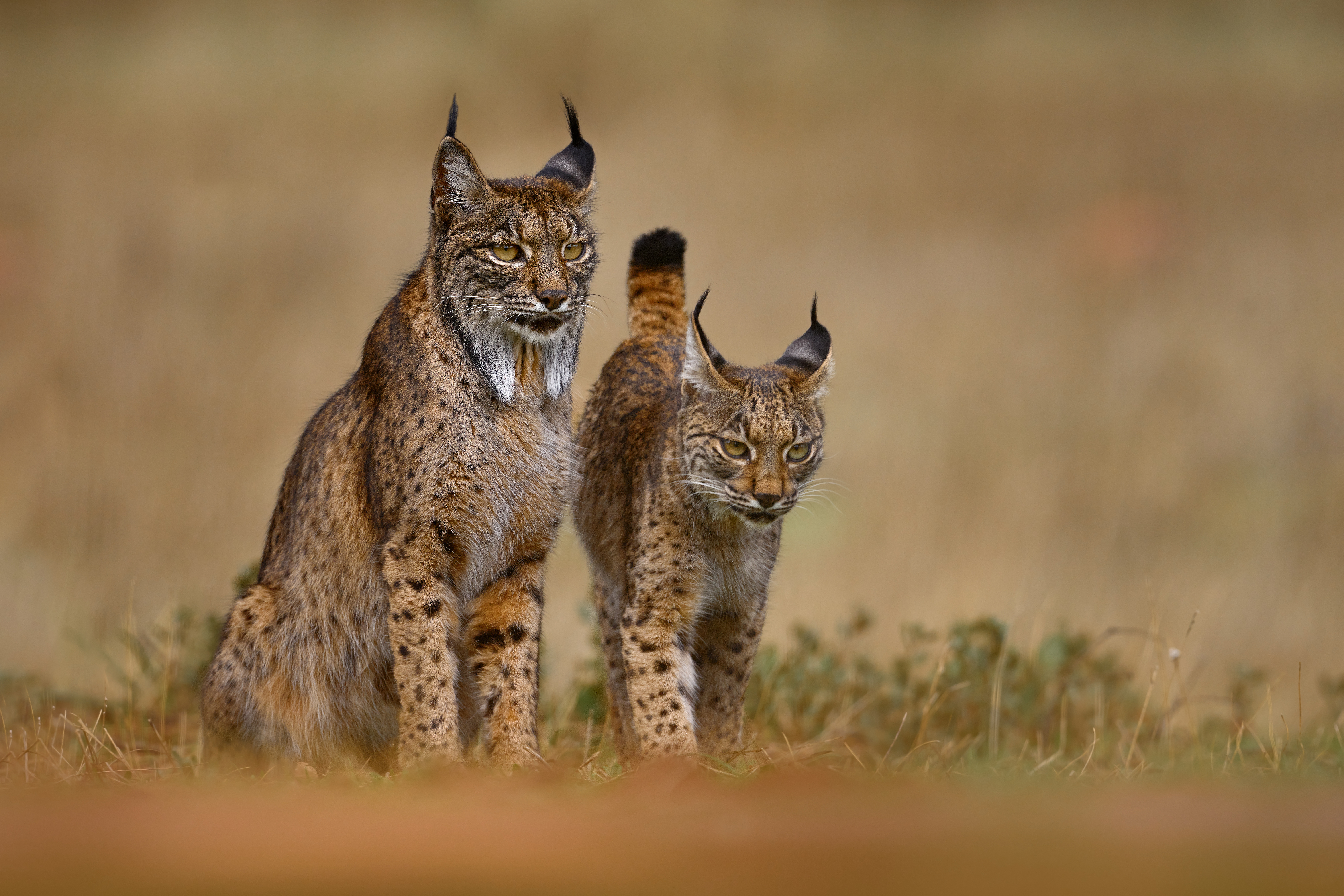
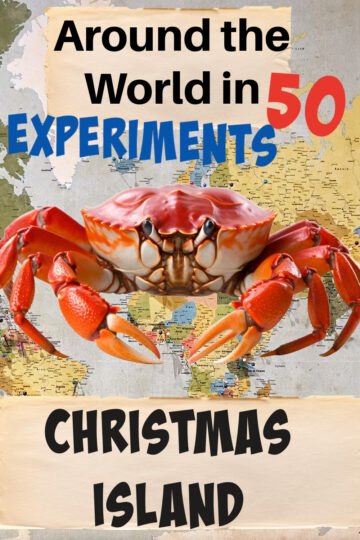
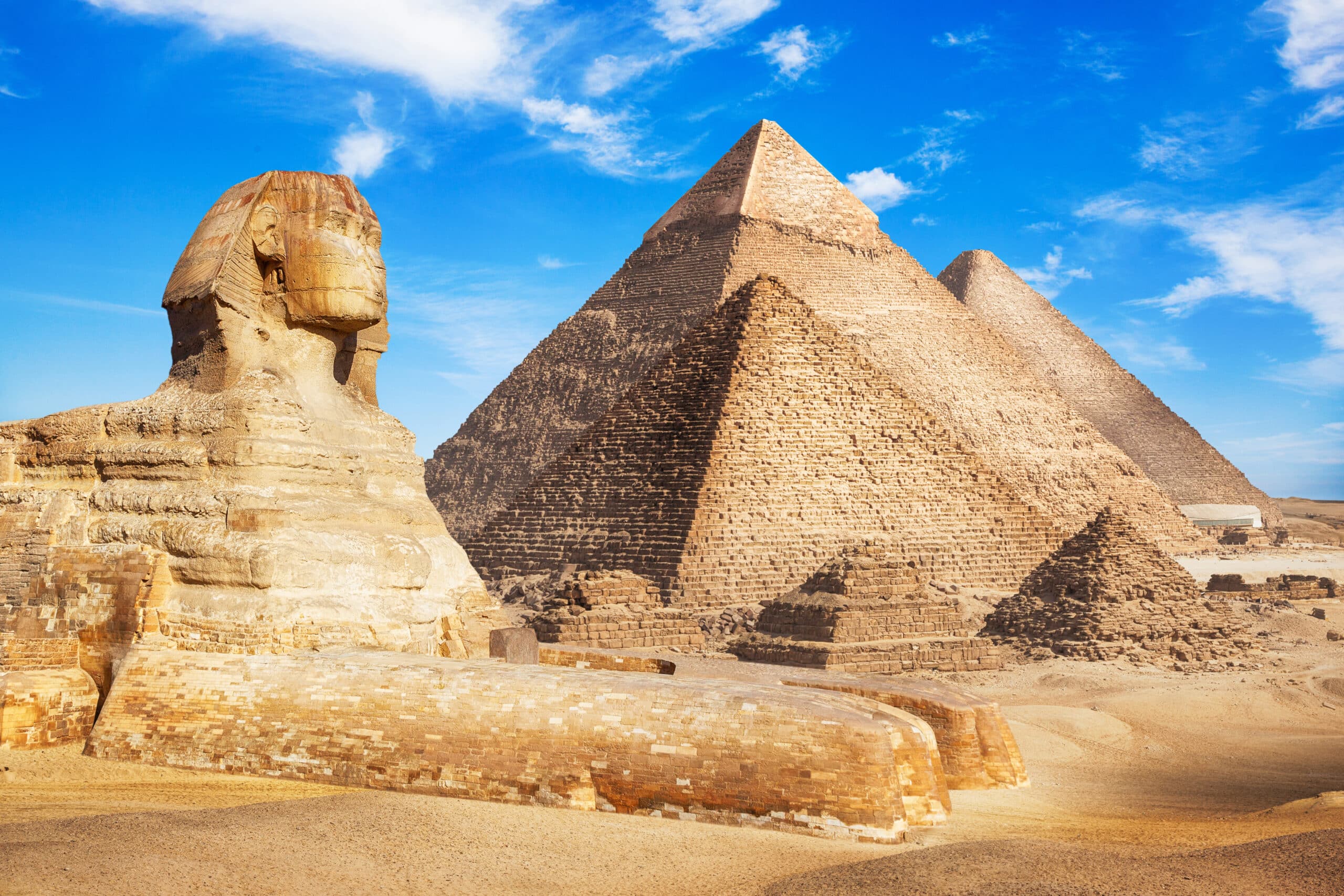
Leave a Reply